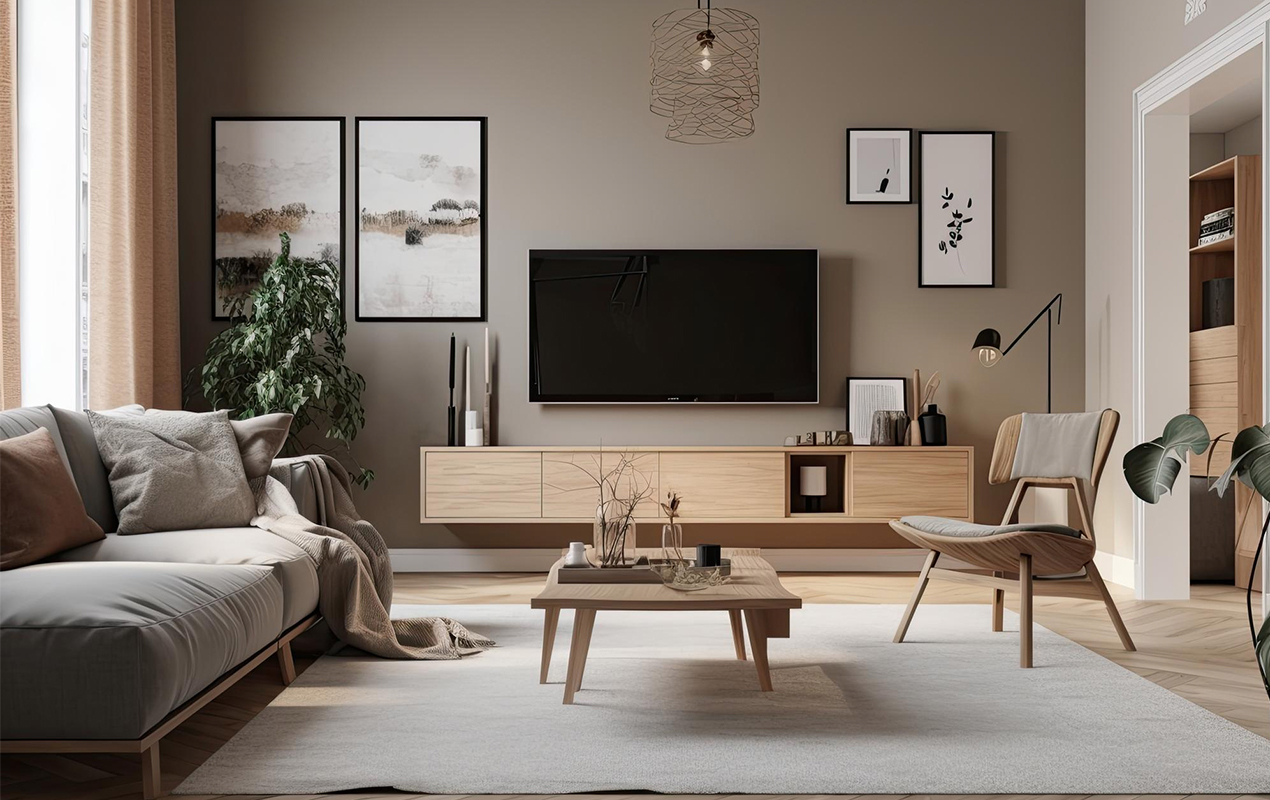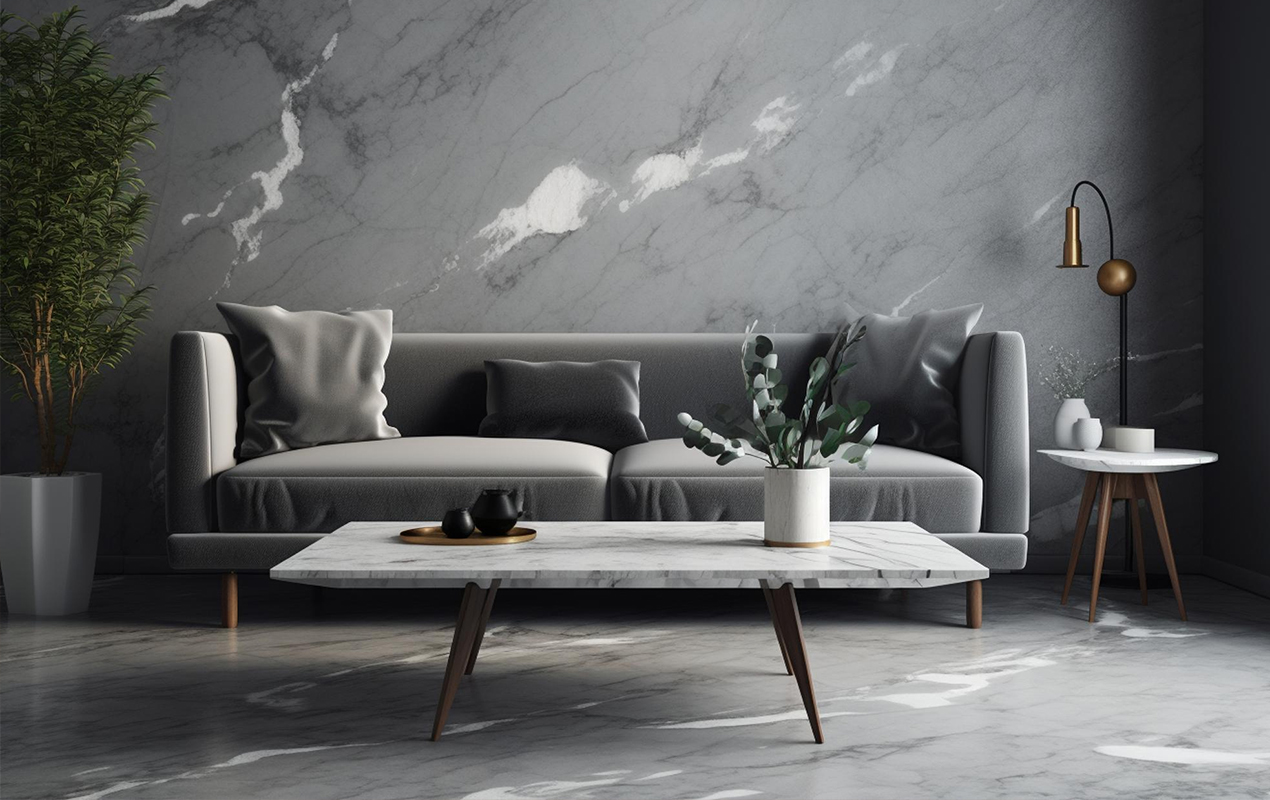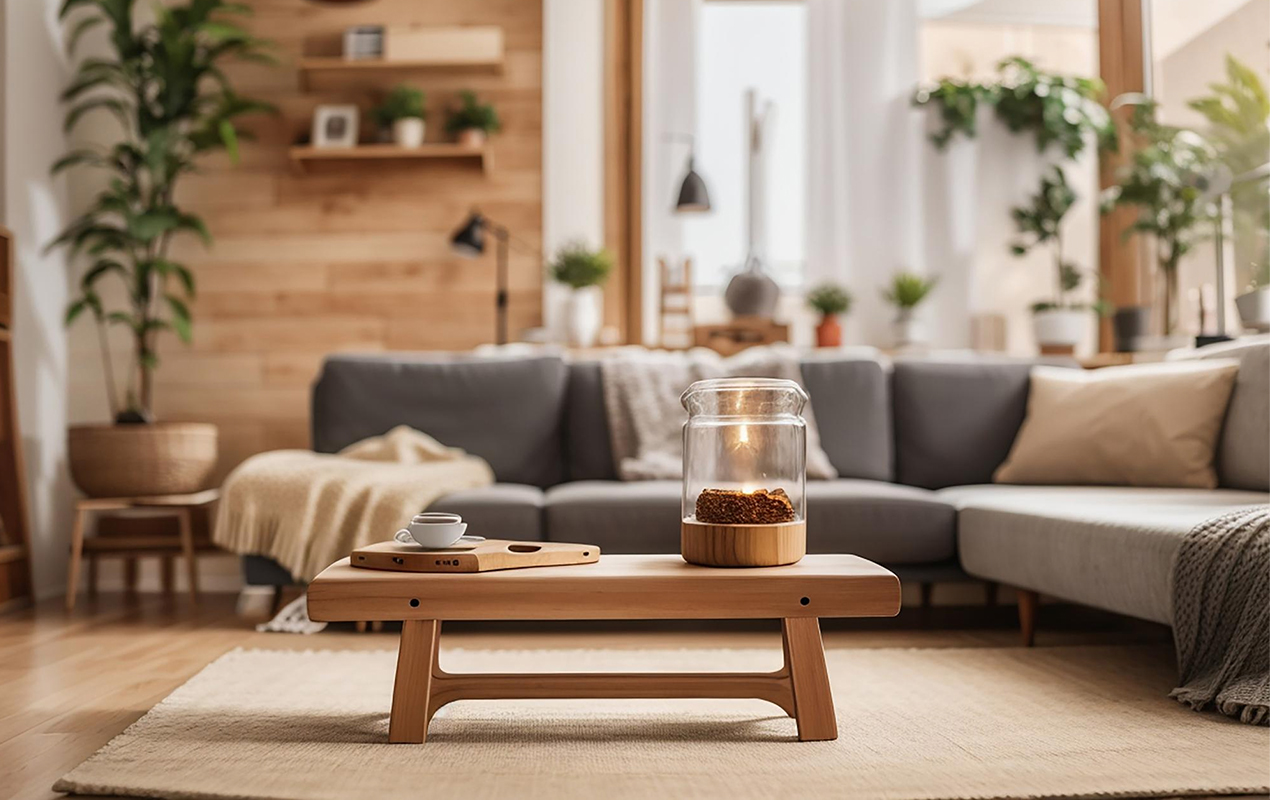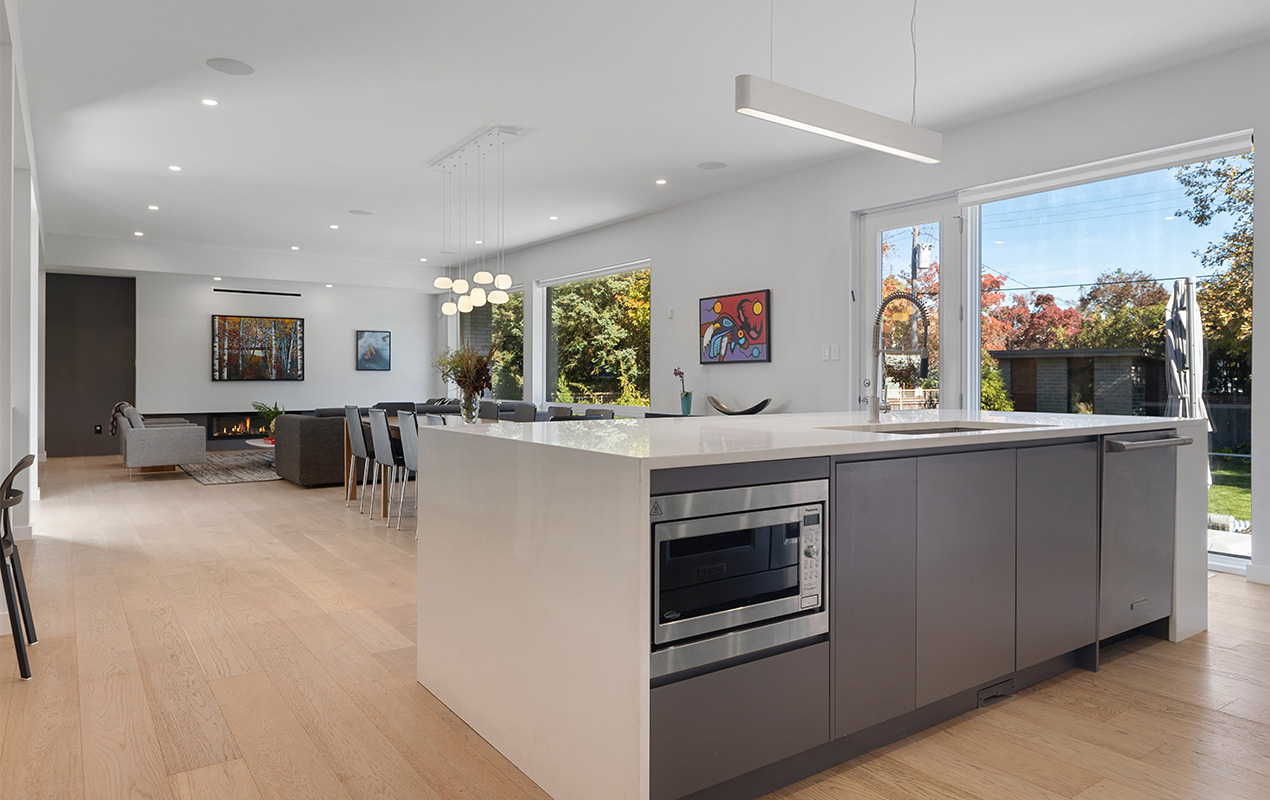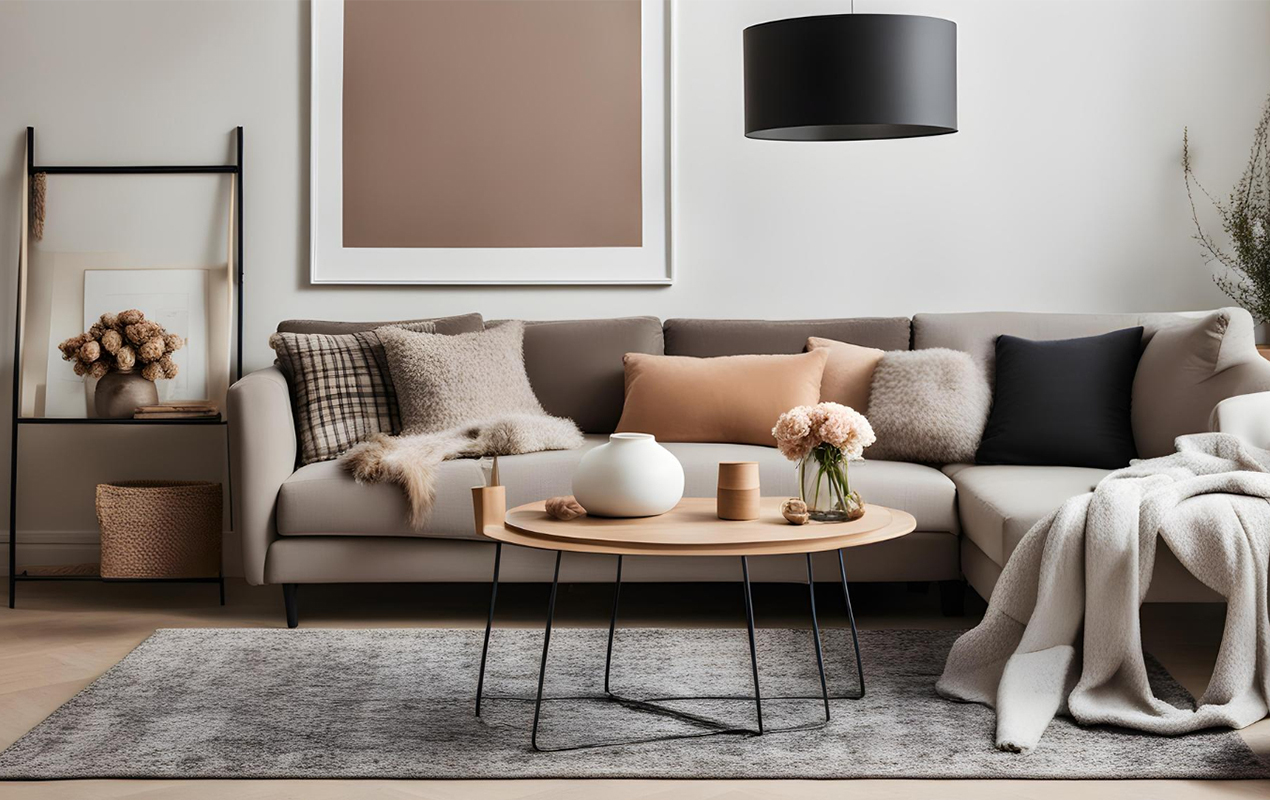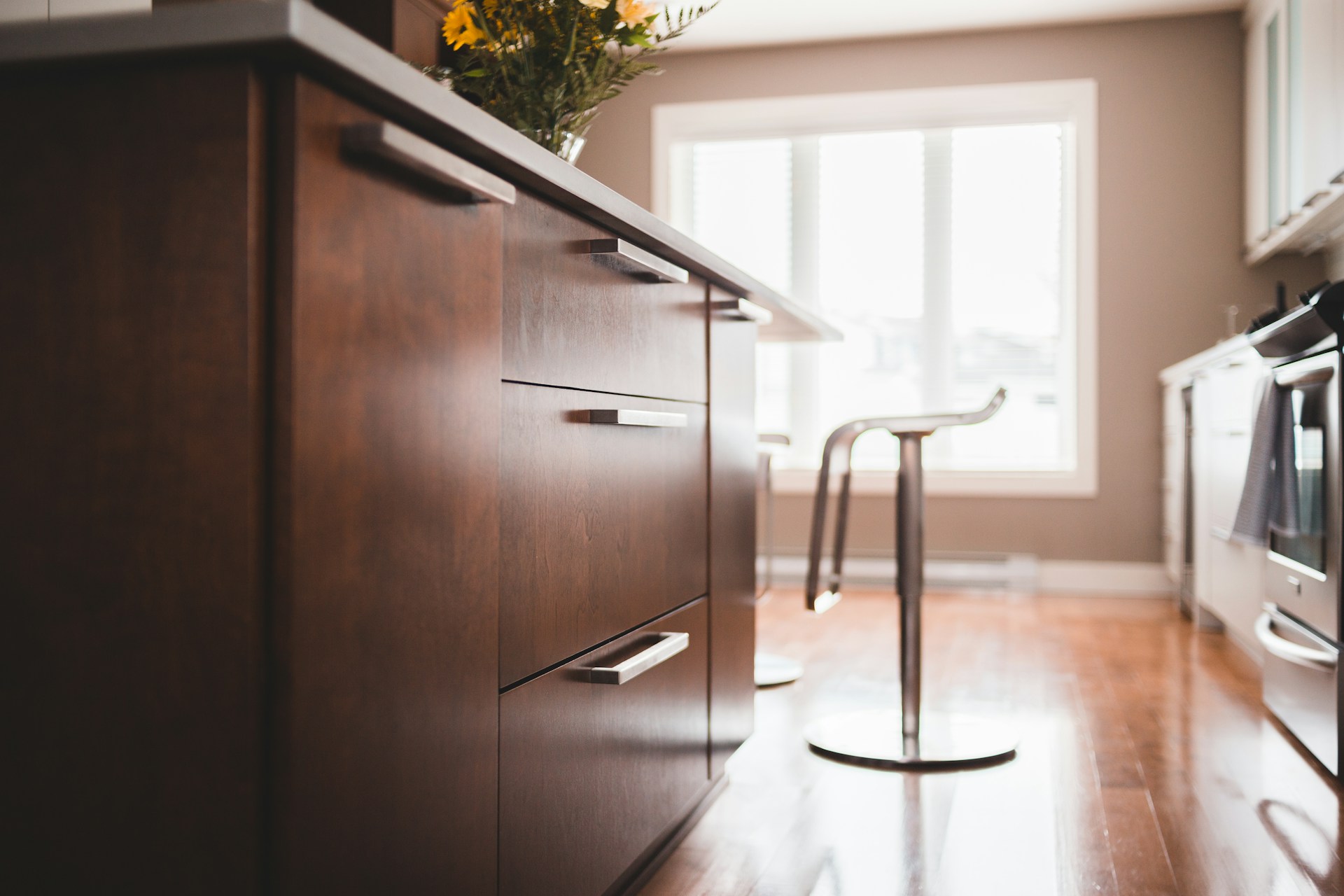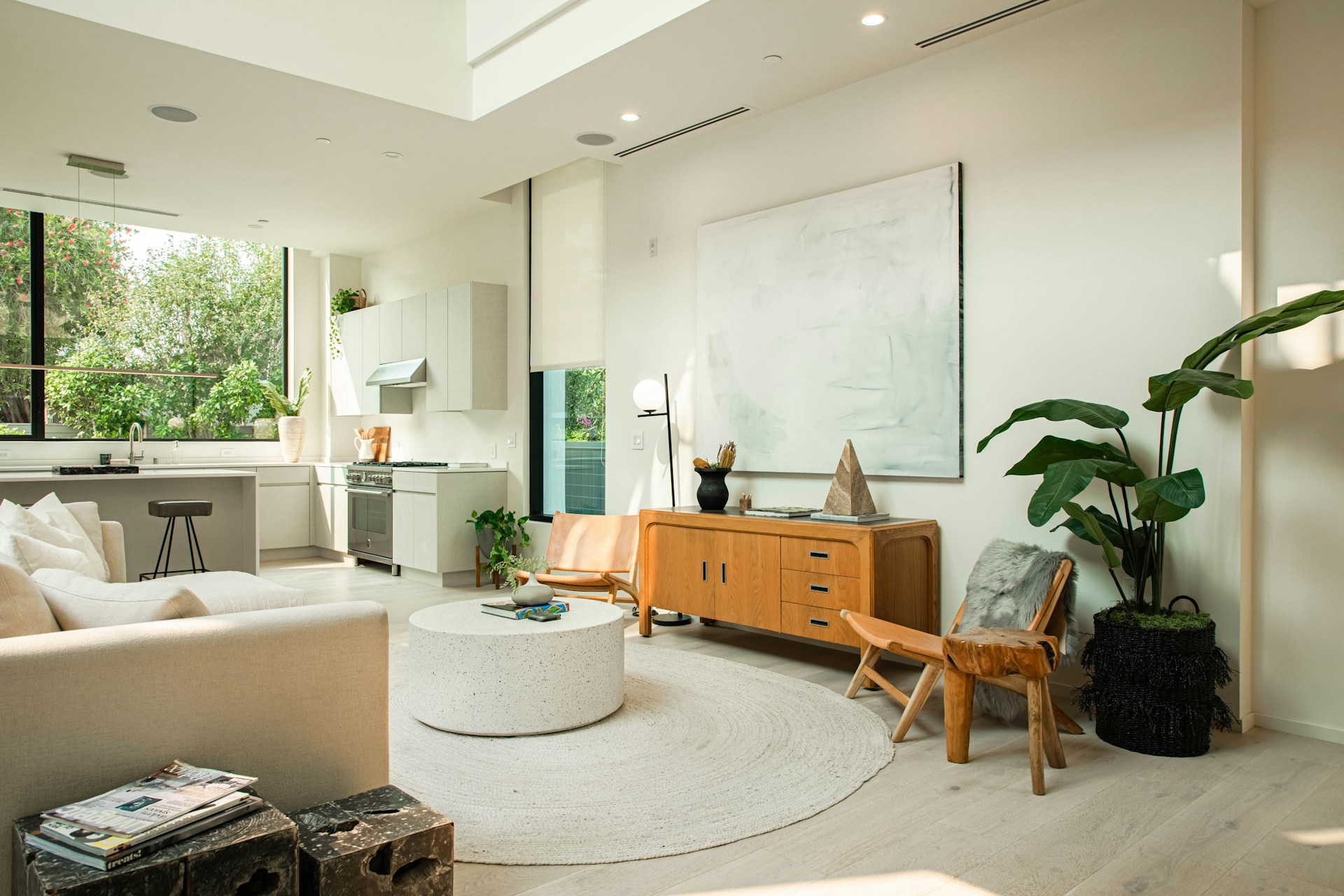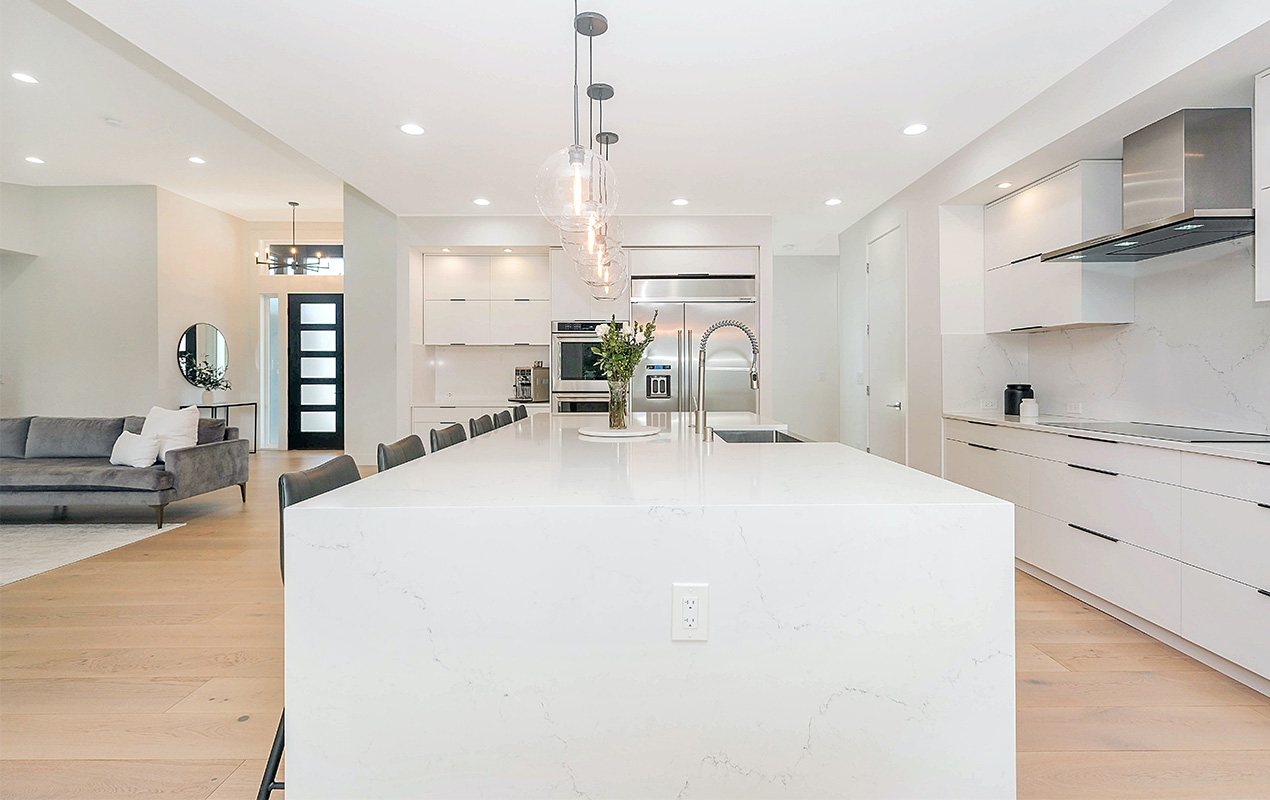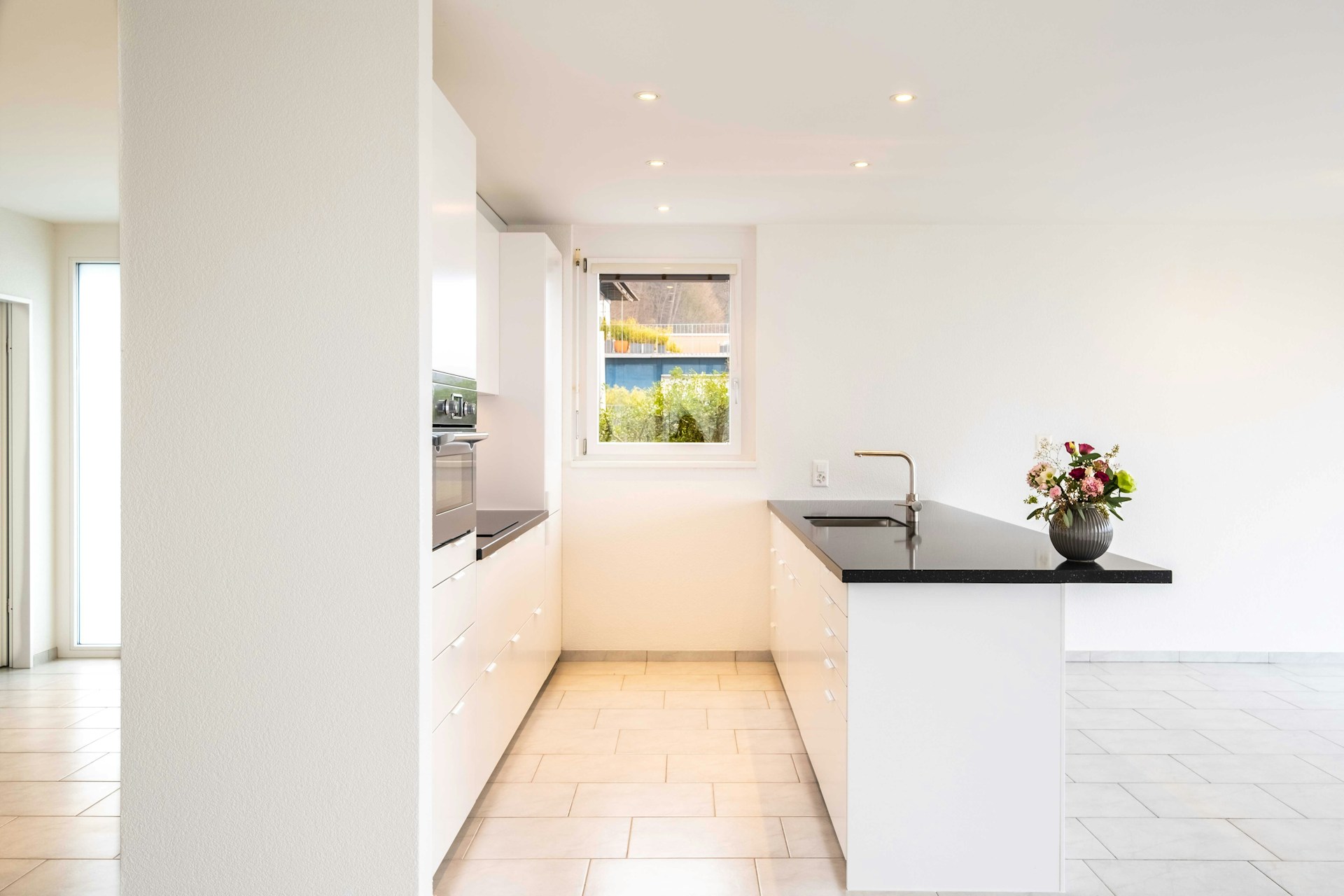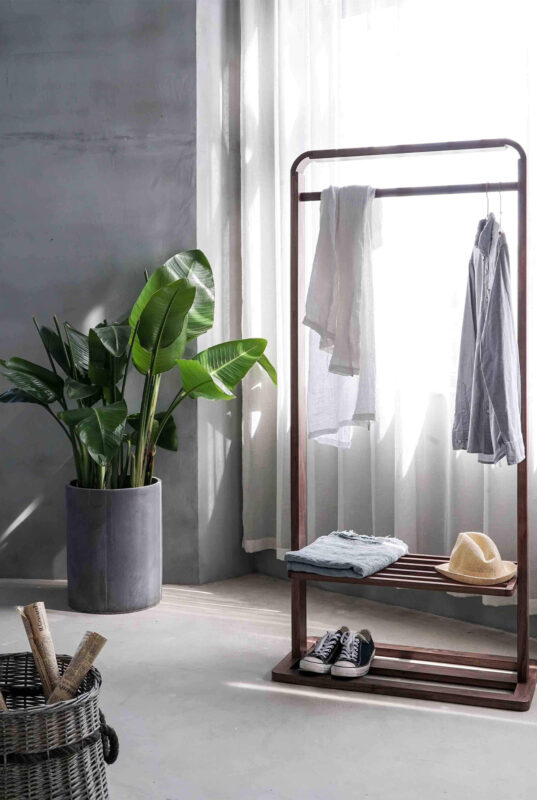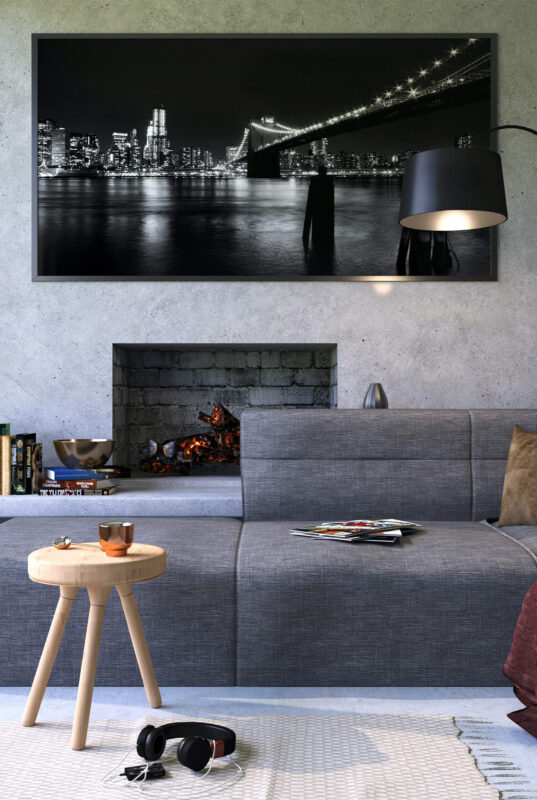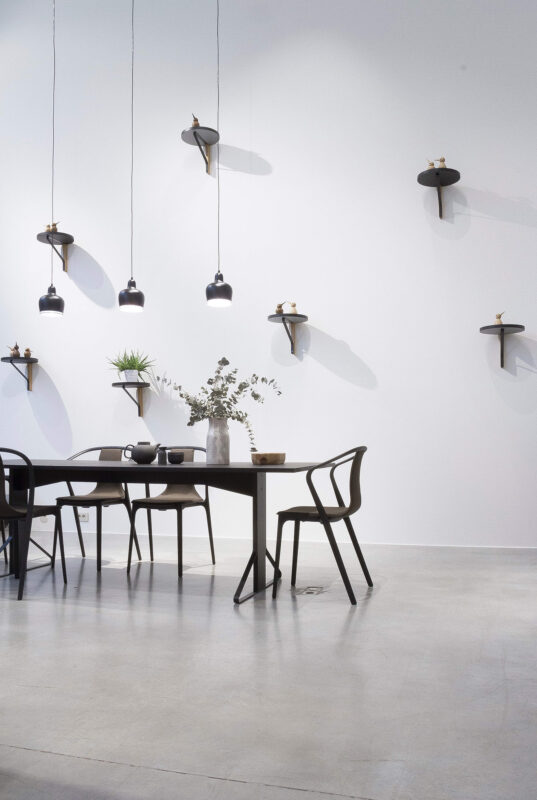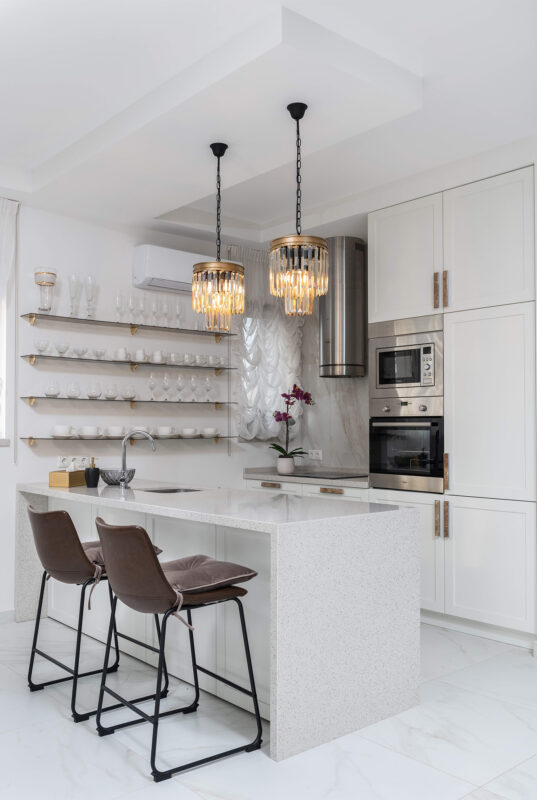Blog
5 Running Costs To Keep in Mind For Home Renovation Decisions
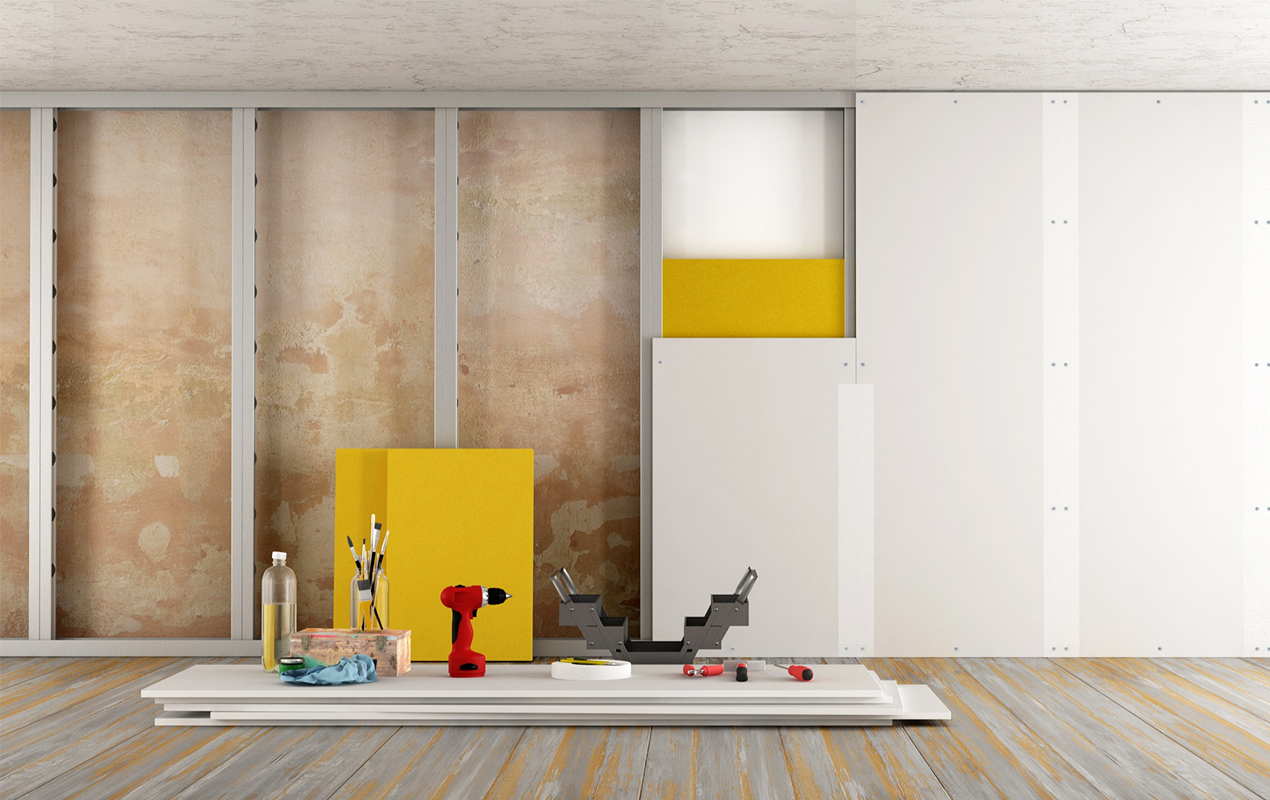
When considering interior upgrades, it is imperative to put the home renovation running costs first. Working on an older home involves entirely different abilities than working on a new one since older homes may hide a range of potential issues that may be quite expensive to solve. It is essential to be conscious of these factors as well as any potential risks. You can wind up purchasing a home and making changes that result in overspending if you don’t fully understand the potential challenges.
To provide you a thorough understanding of the costs involved, we have developed a list of remodelling costs. The typical modernisation tasks for a home are outlined in these phases. We have also provided a helpful guide that explains the sometimes overlooked and concealed costs related to repairs so that there are no unpleasant surprises down the line.
Preventing overspending:
Before you decide to transform your present house into your ideal home, it is crucial to be informed of the potential costs connected with renovations to avoid going over budget. Despite the fact that each restoration job is unique, there are repeating tasks and unforeseen issues. Get help comparing energy suppliers, and check out the following refurbishment costs:
- Moisture problems.
- System rewiring electrical.
- Updated plumbing.
- Renovation costs for the kitchen.
- Costs of bathroom renovation.
There are other fees, such as roof repairs, for which we have not given specifics. This is since a large range of variables might affect these pricing, making it difficult to provide specific figures without an expert carefully examining the situation. Let’s talk about each topic separately.
1. Damp/ Moisture treatment:
Although damp is a common issue and can impact home renovation running costs, if you can pinpoint the damp that is affecting your house, it can typically be fixed. Selecting the most effective treatment choice is move number one in figuring out the associated costs. The price of damp treatment may change after considering the chosen method to treat it being employed. Wetness can result from poor damp-proof courses and insufficient building ventilation. It is estimated that damp-proofing or chemical treatment, which sometimes entails replastering, costs about £195 per square meter.
2. Rewiring the house:
In most old properties, rewiring is typically necessary. There are a few obvious indications that your remodelling project needs electrical rewiring. Watch carefully for the following:
- Cables with outdated rubber insulation.
- Cable with textile insulation.
Lead-insulated cables are an example.
- A broken consumer product with no working circuit breakers or gadgets.
If you’re unclear on the exact cost of rewiring, you may hire a certified electrician to do a survey. An extensive electrical evaluation may cost, on average, between £240 and £350. The size of the property, accessibility, unanticipated problems, and the necessary standards are some of the factors that affect the cost of a rewire. Three-bedroom semi-detached homes normally cost between £4,000 and £7,500 to rewire. It’s important to keep in mind that costs may change depending on a person’s unique situation.
3. Plumbing
Remodelling a home’s plumbing has a variety of benefits, such as raising the property value and letting you create ways that meet your needs in terms of lifestyle, energy consumption, the installation of additional bathrooms, or the use of contemporary fixtures. Even after a recent update to the heating, new radiators might still need to be fitted. Cold patches are frequently found in older radiators that have sludge build-up. Instead, you can think about installing heating under floors, which would cost more.
If you are changing the inside structure of your project, you undoubtedly have several queries, such as how much it will be to change the location of the radiator. Only a qualified heating technician who is registered with Gas Safe should install gas facilities. The competent person’s program-approved installation is the greatest choice for boilers that run on alternative fuels, such as oil. The heating apparatus’ size, as well as the quantity of the necessary radiators, may be chosen by a plumbing and heating professional who is fully licensed. The following expenditures can be expected as a general estimate. A radiator costs about £30, 1500-3000 for a boiler and £4,000 for labour.
Home renovation projects often entail unforeseen challenges, from plumbing mishaps to electrical issues. In Sydney, the need for an emergency plumber can arise unexpectedly, turning a simple renovation into a frantic search for immediate assistance. Whether it’s a burst pipe or a malfunctioning water heater, the expertise of an emergency plumber in Sydney becomes paramount to mitigate any potential damage and restore the comfort of the home.
4. Kitchen Renovations
There isn’t a simple answer, though, because kitchen costs can change based on a variety of factors. How large or small an area it is, the specifications you select, the layout, your willingness to source and install the kitchen yourself, and the types of equipment you select all have an impact on the price. Self-assembled flat-pack kitchens are frequently the least expensive option, while bespoke kitchens are frequently higher in price.
On average, a brand-new kitchen costs around £10,000. However, there are several situations where you might spend much more than £50,000. Anyone seeking a fashionable kitchen without paying a high price may find used kitchens to be a great choice. Usually between 50% and 70% off the retail price, these kitchens usually come with significant reductions. They could also include worktops and appliances. No matter the style you pick, it’s important to account for additional costs that come with kitchen remodeling. Getting rid of the previous cupboards and materials, new installations, extraction, new flooring, finishing touches, installation (unless you’re doing it yourself), and delivery may all be covered by these costs.
5. Bathroom Renovation
Depending on the size and requirements of the project, the cost of a bathroom makeover might vary dramatically. While entire “bathroom bundles” including a sink, toilet, and occasionally a bath may be found for more or less £300, these prices may not include fittings, plumbing, or installation. A new bathroom typically costs between £3,000 and £6,500. However, expenses of £7,000 and above might be anticipated for larger facilities with better features. Your costs would probably be higher if you want to include luxuries.
It is crucial to take into account the expenses of installation and the getting rid of the old in addition to the bathroom fittings. Victoria Plum estimates that the cost to construct a brand-new bathroom will be close to £6,500. When budgeting for a bathroom renovation, it is important to take into account everything, including additional unexpected costs of about £100-150.
Final Thoughts
In conclusion, it’s important to take the project’s ongoing expenditures into account when making judgments on house renovations. It would be easier to avoid overpaying and make sure that the renovations stay under budget if you are aware of probable difficulties and costs, including moisture treatment, rewiring, plumbing improvements, kitchen renovations, and bathroom remodelling.
Proper planning and budgeting for these is essential for successful and financially manageable home renovation running costs, and finding your best possible suppliers online could be the key to your successful renovation.

